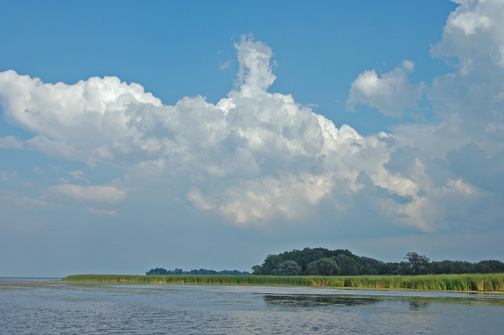Freshwater shore zones are among the most ecologically valuable parts of the planet but have been heavily damaged by human activities.
Management and rehabilitation of freshwater shore zones could be improved by better use of ecological knowledge and ecological functioning according to scientists at New York's Cary Institute of Ecosystem Studies in Millbrook NY.
http://www.caryinstitute.org -- "Ecology of Freshwater Zones" by David Strayer and Stuart Findlay: http://link.springer.com/article/10.1007/s00027-010-0128-9
Shore zones are complexes of habitats that
support high biodiversity which are enhanced by high physical complexity and
connectivity. Shore zones dissipate large amounts of physical energy, can
receive and process extraordinarily high inputs of autochthonous and
allochthonous organic matter, and are sites of intensive nutrient cycling.
Interactions between organic matter inputs (including wood), physical energy,
and the biota are especially important. In general, the ecological character of
shore zone ecosystems is set by inputs of physical energy, geologic (or
anthropogenic) structure, the hydrologic regime, nutrient inputs, the biota,
and climate.
Humans have affected freshwater shore zones by
laterally compressing and stabilizing the shore zone, changing hydrologic
regimes, shortening and simplifying shorelines, hardening shorelines, tidying
shore zones, increasing inputs of physical energy that impinge on shore zones,
pollution, recreational activities, resource extraction, introducing alien
species, changing climate, and intensive development in the shore zone.
Systems to guide management and restoration by
quantifying ecological services provided by shore zones and balancing multiple
(and sometimes conflicting) values are relatively recent and imperfect.


No comments:
Post a Comment